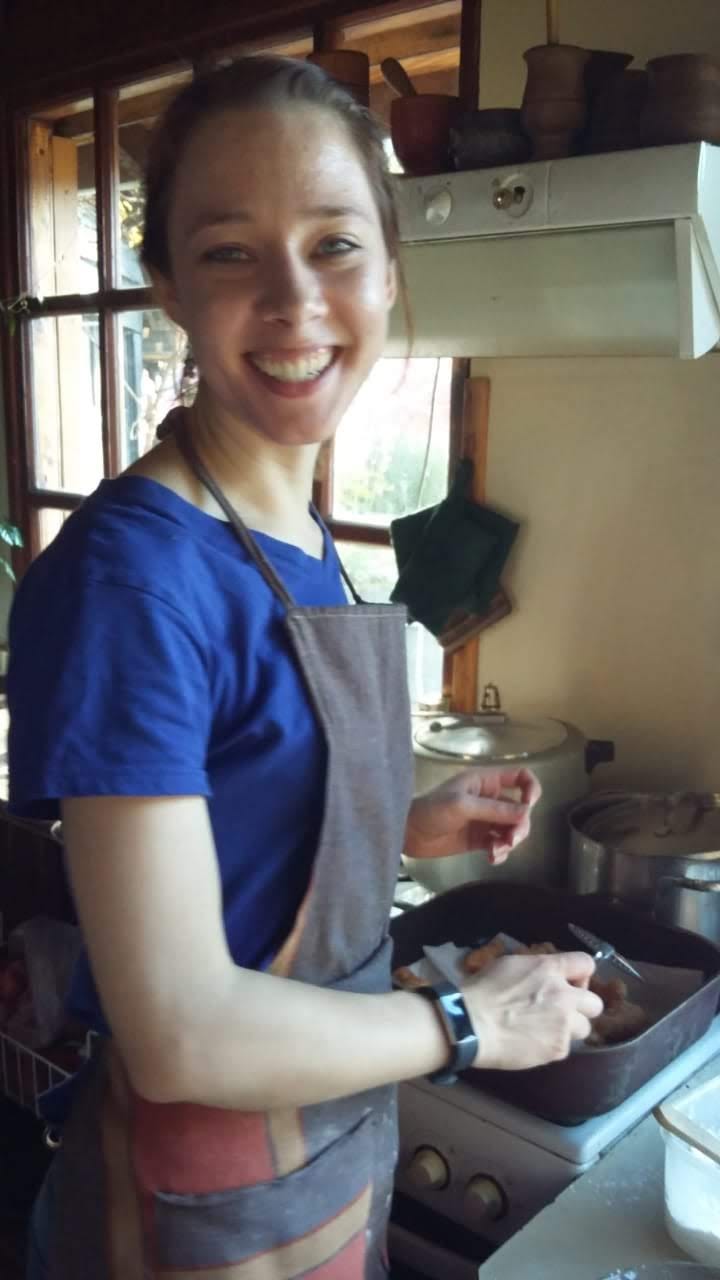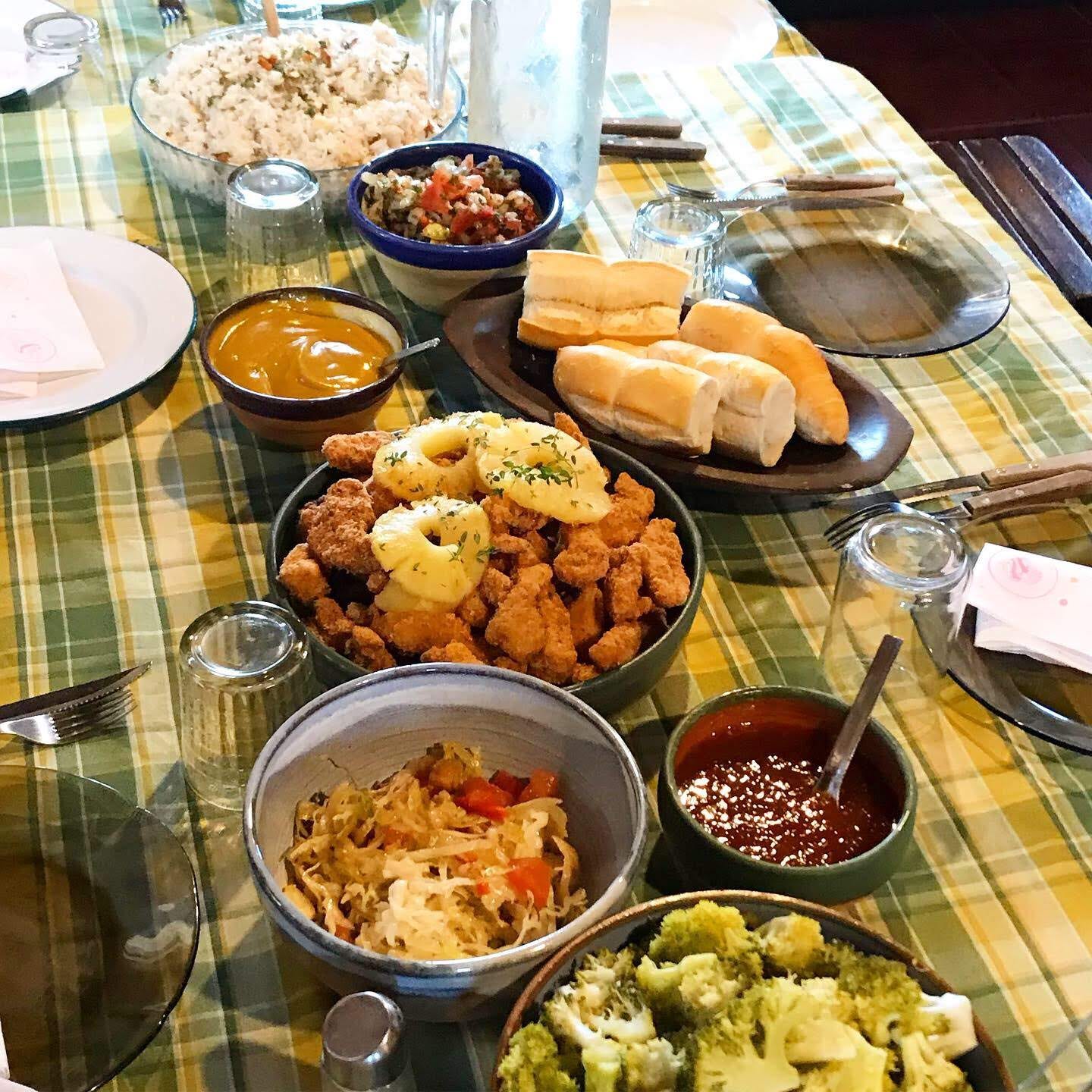Cooking Attempts in a Foreign Kitchen
And how I accidentally bought way too much shredded coconut
I wouldn’t normally list cooking as a favorite activity, unless it’s cooking for friends. I do enjoy making food for people I love, as a way of creating space for time together or as a way of showing care. For myself, I enjoy eating good food…but the process of making it is sometimes just necessary drudgery.
So I didn’t expect to miss cooking while traveling for three months for my book research. And during the six weeks I was in Ushuaia, I really appreciated having my host family provide meals for me. The mother of the host family is a great cook, and it was a relief to not have to think about what to make for dinner, figure out when to go shopping, or spend time making meals.
But the longer I stayed, I found myself missing the chance to make familiar foods or create a meal for others. So, at some point, I arranged to make a meal for my host family, as a gesture of thanks for the kindness of their hospitality.
Cooking in someone else’s kitchen is always an adventure, however—and more so when you’re trying to make familiar recipes in a different country.
I tried to think of a meal that would be special and celebratory, not terribly complicated, and not too foreign for them. Lunch is the main meal of the day, so I planned for a Saturday lunch.
When the family asked what types of food I usually ate, their assumption of “American food” was hamburgers and pizza. While I assured them that, yes, those are common American foods, I don’t usually make them when I’m cooking at home. Honestly, I typically make simple meals: salads, pasta dishes, tortilla soup, Thai-inspired chicken, Moroccan lentils. I didn’t think those recipes would work in this context.
Argentinian meals tend to be heavy on starches: potatoes, bread, rice. Salads might involve a few shredded greens or diced tomatoes and onions. Flavors tend to rely on cilantro and onions, less so on peppers. (This isn’t Mexican food.)
If you asked me for the stereotypical Argentinian equivalent of hamburgers and pizza, I would say beef and empanadas. But Argentina was in the middle of a financial crisis when I visited, and nice cuts of steak were too expensive for everyday meals—even more so in Ushuaia, where beef is imported from other parts of the country. In Tierra del Fuego, mutton and seafood are more traditional, due to the prevalence of sheep farms and the proximity to the sea. Italian cuisine is also pretty common throughout the country—spaghetti and lasagna as well as “milanesas,” which are a slice of meat breaded and fried, like chicken parmesan but not necessarily chicken.
In the end, I decided on a menu that I hoped would offer something novel and special, without being too far out of my host family’s comfort zone. The centerpiece was also one of my longtime specialties, one of the first recipes I learned to cook as a high schooler in Panama: coconut chicken, topped with pineapple rings and accompanied by a honey mustard dipping sauce. For sides, I chose steamed broccoli and rice flecked with garlic and slivered almonds. For dessert, one of my family’s favorites: a chocolate-passion fruit tart.
Keep reading with a 7-day free trial
Subscribe to Writing Fireland to keep reading this post and get 7 days of free access to the full post archives.





